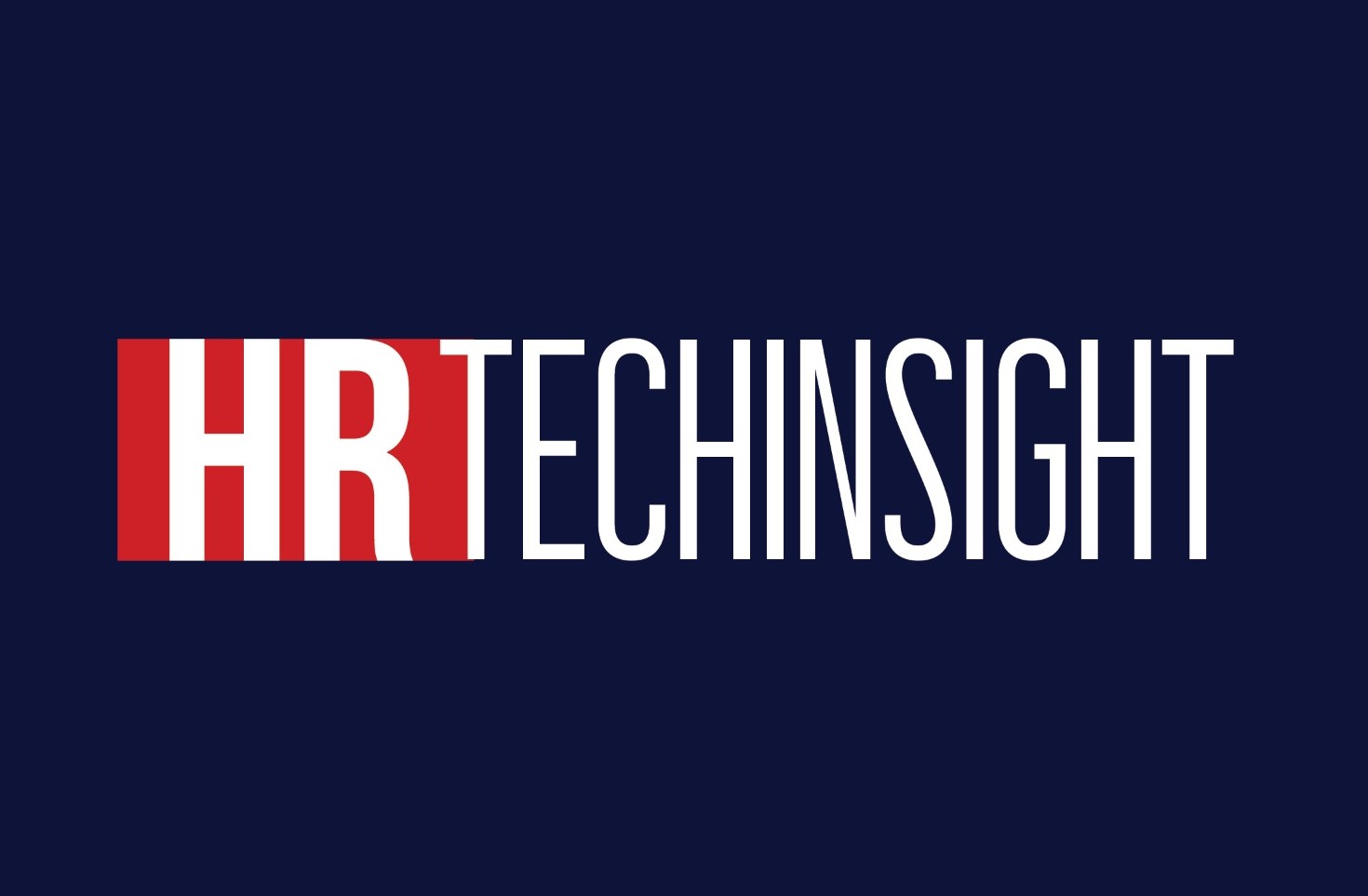Introduction.
In 2025, over a dozen U.S. states have introduced or advanced legislation to expand the use of E-Verify. E-Verify is a federal system that confirms new hires are authorized to work in the United States. This trend indicates a broader move toward increased immigration-related employment compliance. It may significantly impact how businesses manage their hiring practices, especially in sectors with large immigrant workforces.
Expanding E-Verify Requirements.
States such as Idaho, Indiana, Kansas, Montana, and Texas are exploring new mandates that would apply to all employers. Others are building on existing laws by lowering employer size thresholds or increasing penalties for noncompliance. For example, Florida currently requires private employers with 25 or more employees to use E-Verify. New proposals in Florida would extend the requirement to all employers and apply verification obligations to independent contractors. They also propose higher fines and potential revocation of business licenses for violations.
Impact on Employers.
These proposals are particularly relevant for industries that rely heavily on foreign-born workers, such as agriculture, hospitality, construction, and healthcare. Representatives from these sectors have raised concerns about the operational challenges associated with mandatory E-Verify use. While E-Verify is currently mandatory only in a few states, it remains optional at the federal level for most private-sector employers. However, national policy discussions continue, with some lawmakers advocating for a broader federal mandate.
Federal Developments.
The push for expanded E-Verify legislation 2025 use is occurring alongside other immigration enforcement efforts. These include worksite inspections and proposed changes to immigration programs that could affect work authorization for certain populations. A federal E-Verify mandate was previously included in immigration legislation but did not advance. Nonetheless, similar proposals continue to be introduced, with the most recent federal bill being introduced last month.
Considerations for Employers.
Given the evolving landscape, employers should consider reviewing Form I-9 procedures to enhance compliance. Evaluating E-Verify enrollment and usage processes is crucial, especially in states with pending legislation. Training HR and compliance personnel on potential changes can aid in adapting to new requirements. Monitoring legislative activity in operational states is essential for proactive compliance. Implementing workforce planning strategies, including alternative hiring or mobility options, may also be beneficial.
Conclusion.
As state-level E-Verify proposals continue to emerge, employers are encouraged to stay informed and prepare for new compliance obligations.




